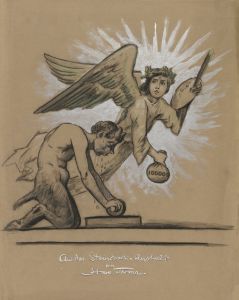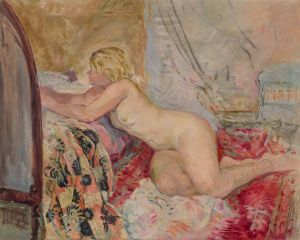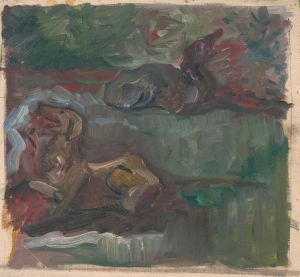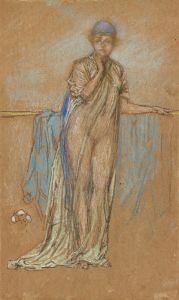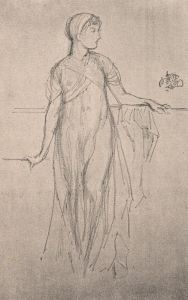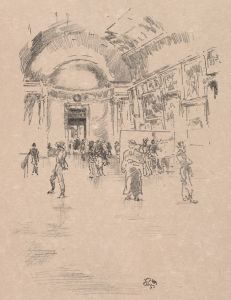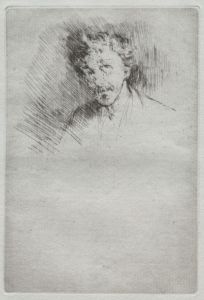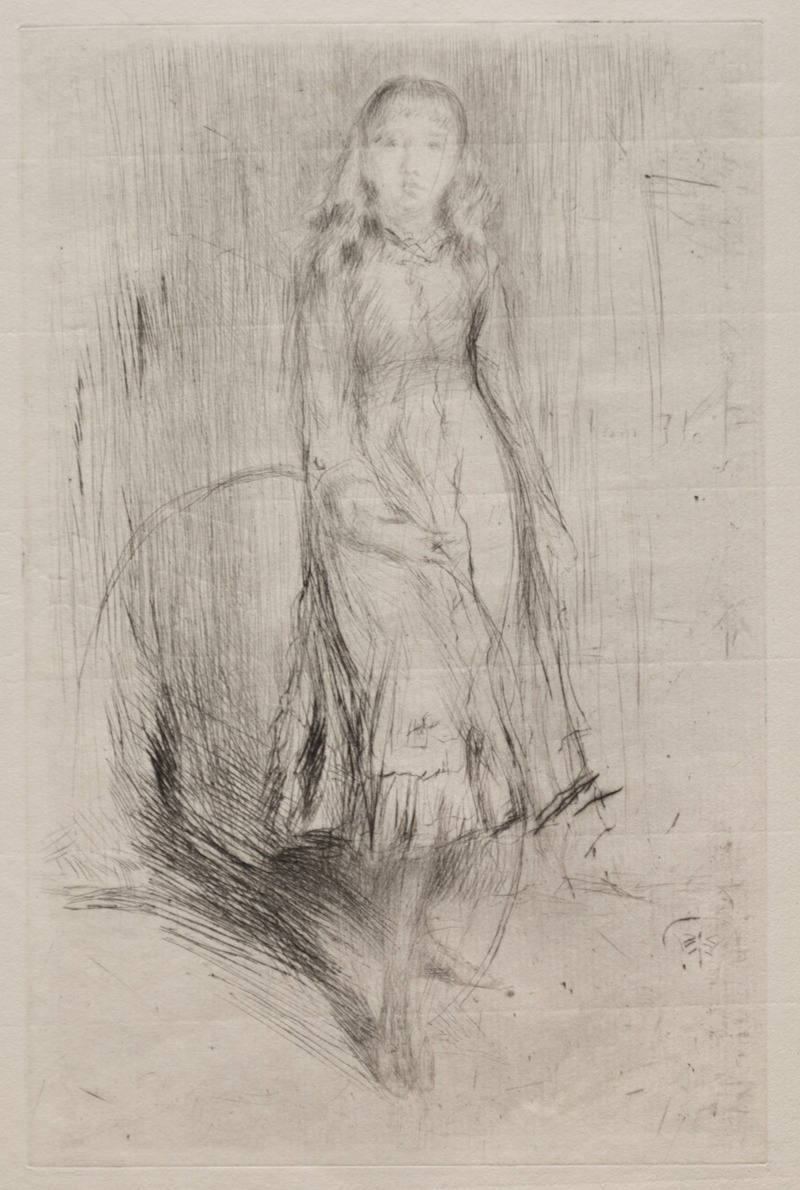
Florence Leyland
A hand-painted replica of James Abbott McNeill Whistler’s masterpiece Florence Leyland, meticulously crafted by professional artists to capture the true essence of the original. Each piece is created with museum-quality canvas and rare mineral pigments, carefully painted by experienced artists with delicate brushstrokes and rich, layered colors to perfectly recreate the texture of the original artwork. Unlike machine-printed reproductions, this hand-painted version brings the painting to life, infused with the artist’s emotions and skill in every stroke. Whether for personal collection or home decoration, it instantly elevates the artistic atmosphere of any space.
James Abbott McNeill Whistler was an American artist known for his significant contributions to the art world during the late 19th century. He was a leading figure in the Aesthetic Movement, which emphasized the visual and sensual qualities of art and design over practical, moral, or narrative considerations. Whistler's work is characterized by its innovative use of color and composition, and he is perhaps best known for his portraiture and his famous painting "Whistler's Mother."
One of Whistler's notable works is the portrait of Florence Leyland. Florence Leyland was the daughter of Frederick Richards Leyland, a wealthy shipowner and art patron who was a significant figure in Whistler's life. The Leyland family was known for their patronage of the arts, and Frederick Leyland was one of Whistler's most important patrons. The relationship between Whistler and the Leyland family was complex and, at times, tumultuous, but it resulted in several important works of art.
The portrait of Florence Leyland is a testament to Whistler's skill as a portrait artist. In this painting, Whistler captures the delicate features and refined elegance of his subject. The composition is typical of Whistler's portrait style, with a focus on the sitter's face and upper body, set against a subtle and harmonious background. Whistler's use of color in this portrait is particularly notable; he employs a restrained palette that enhances the sitter's features and adds a sense of depth and dimension to the work.
Whistler's portraits often reflect his interest in the interplay of color and light, and the portrait of Florence Leyland is no exception. The artist's careful attention to detail and his ability to convey the personality and presence of his subjects are evident in this work. Whistler's portraits are not merely representations of his subjects; they are also explorations of mood and atmosphere, achieved through his masterful use of color and composition.
The portrait of Florence Leyland is part of Whistler's broader body of work, which includes numerous portraits of women and children. These works are characterized by their elegance and subtlety, and they demonstrate Whistler's ability to capture the essence of his subjects with sensitivity and grace. Whistler's portraits are highly regarded for their artistic merit and their contribution to the development of modern portraiture.
In summary, the portrait of Florence Leyland by James Abbott McNeill Whistler is an exemplary work that showcases the artist's skill in portraiture. Through his use of color, composition, and attention to detail, Whistler creates a compelling and elegant representation of his subject. This painting is a reflection of Whistler's broader artistic vision and his commitment to the principles of the Aesthetic Movement, which sought to elevate the visual and sensual qualities of art.





